A couple of weeks ago, I wrote a blog on our trip to Greece. Family and friends who read it thought it did not justify the 3.5 weeks that we spent there and recommended that I split it up and dedicate one post per place that we visited. I have retained the original blog for those of you who want a fast read. With Europe slowly limping back to normal since the COVID 19 lockdown and Greece quite enthusiastic about reopening tourism, there cannot be a better time for me to reminisce about that trip and write about it. Hope you enjoy these posts!
This is the fifth post of my seven part series on Greece.
The first post covers Thessaloniki, the second Meteora, the third Delphi and the fourth Olympia and then Athens. Lastly, you can read all my Thoughts, tips and things that matter in my seventh post.
Our next port of call was the island of Crete. We took an overnight ferry from Piraeus Port in Athens to Iraklion in Crete. We divided our time in Crete in three places – Meteora, Vamos and Iraklion.
Matala – for the sake of the hippies. Matala used to be a hippy paradise at one time and the caves along the beach their home. Like Hampi in India, Matala has shed off its hippy image. Today the small secluded beach feels like your own, a very personal piece of sea and sand (more pebble actually!). If you fancy a good walk up and down the steep hills you will be rewarded with your own little piece of heaven for the day.
Or you could go for a walk in one of the gorges where the mountain goats are your only company and sometimes you may chance upon a team of rappellers. We received directions to a gorge (drive a bit, leave the car, walk in the gorge and come back) from our BnB host. And so we went. The Aghiofarango Gorge leads to a beach. Halfway across the way one comes across the quaint little Aghios Andonios Church.

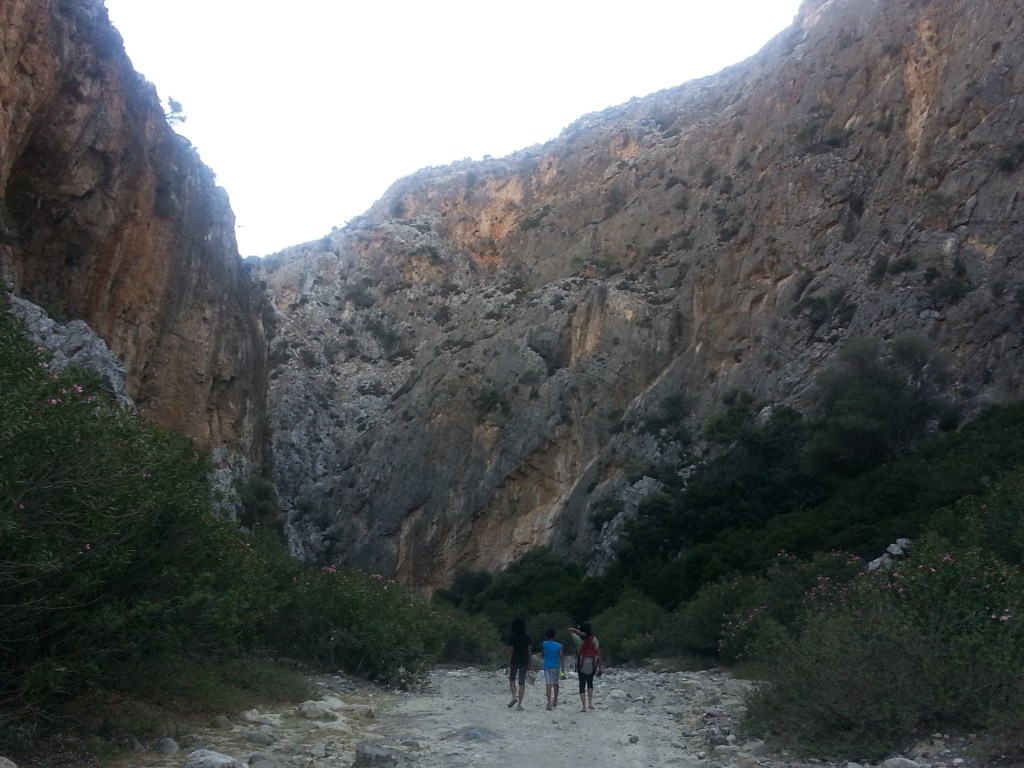
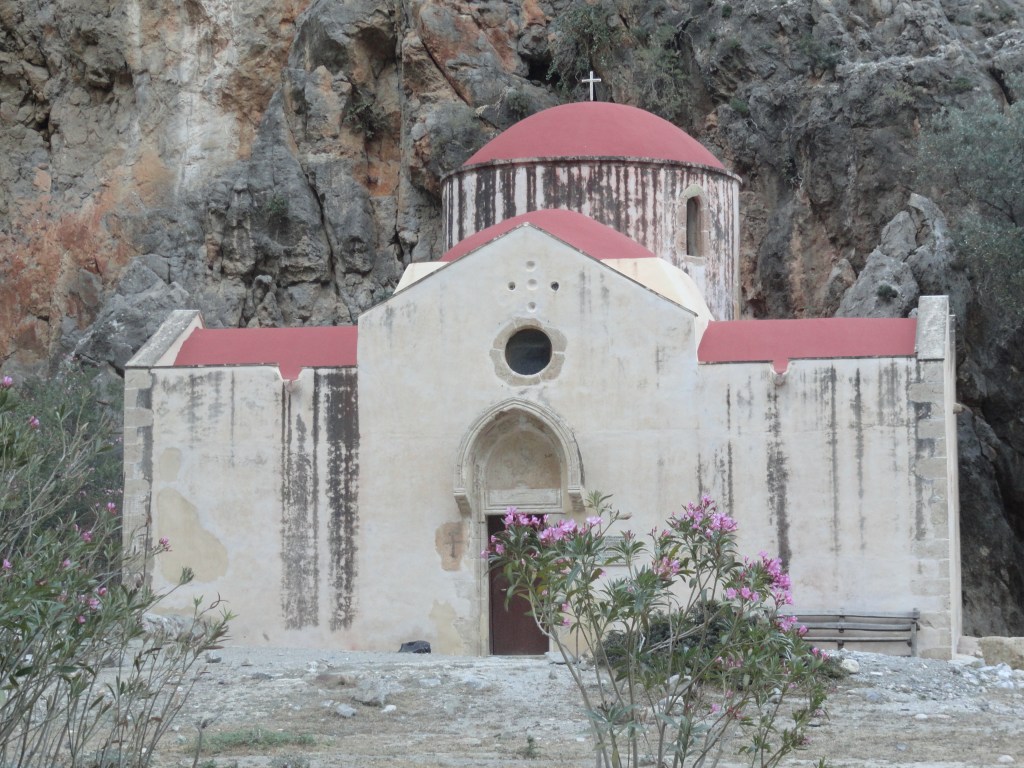
Vamos – for a peek at a traditional village. Vamos is a tiny village, its history dating back to the time when Arabs were fleeing Andalusia (Spain). Traditional homes that were left to ruin have been lovingly restored. Today these stone and wood homes provide accommodation for visitors. With activities such as cooking, walking, visiting local cheese makers, etc we found it to be a good break from all the site-seeing we were doing until then.
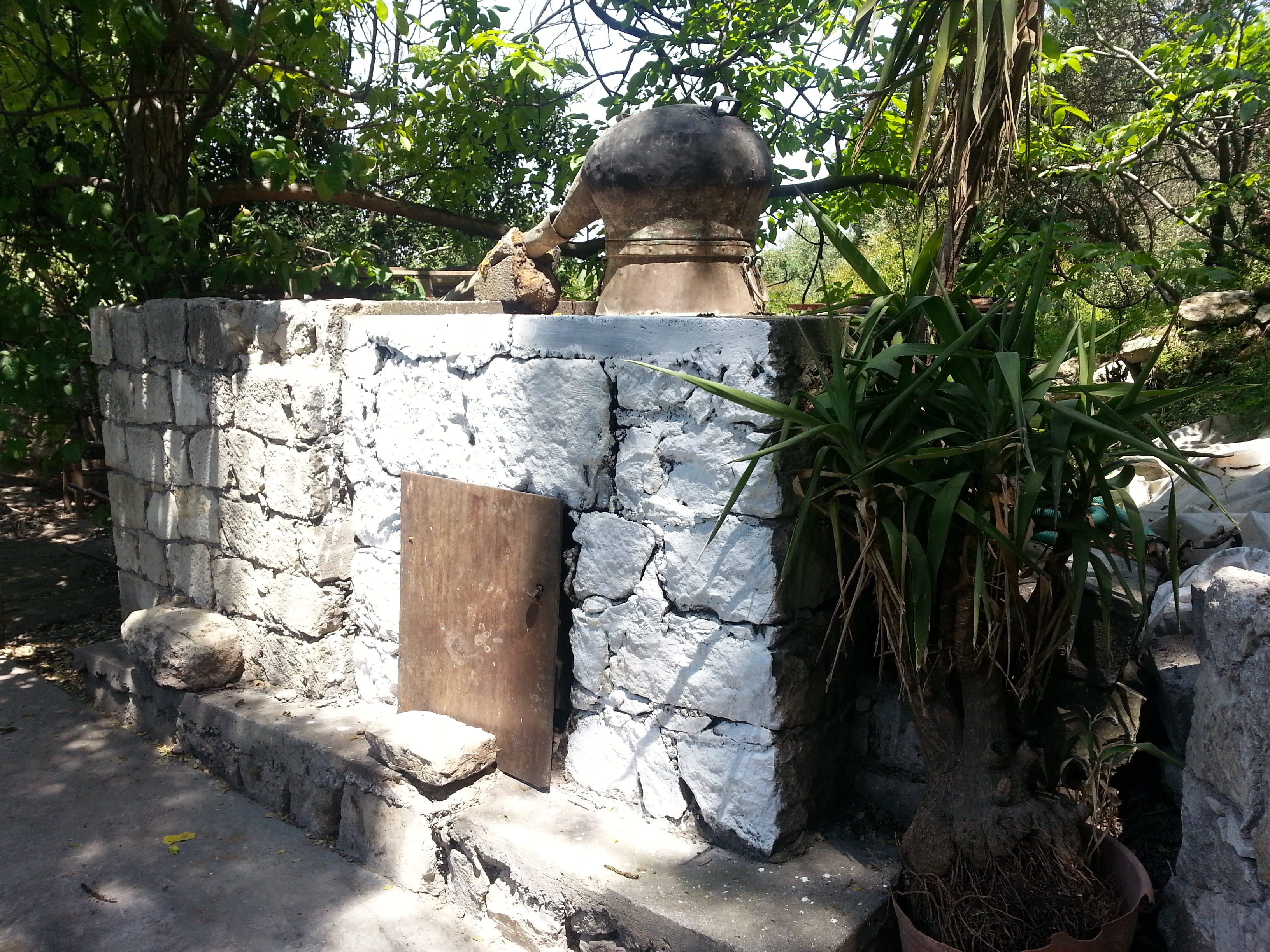
Iraklion – for Venetians and minotaurs. Iraklion the port city is the capital of Crete. I have in an earlier post, already told the story of the old man of Iraklion who will stay in my heart forever! The city has remnants of its Venetian and Ottoman past. We were in Iraklion during Easter. While the entire city closes down for celebrations, we found the quiet city to ourselves to wander in without having to jostle with other fellow travellers. We visit the St. Titus Chapel to witness the Easter celebrations. Due to the crowds, we could not enter the church but managed to watch the procession as it was leaving the church.
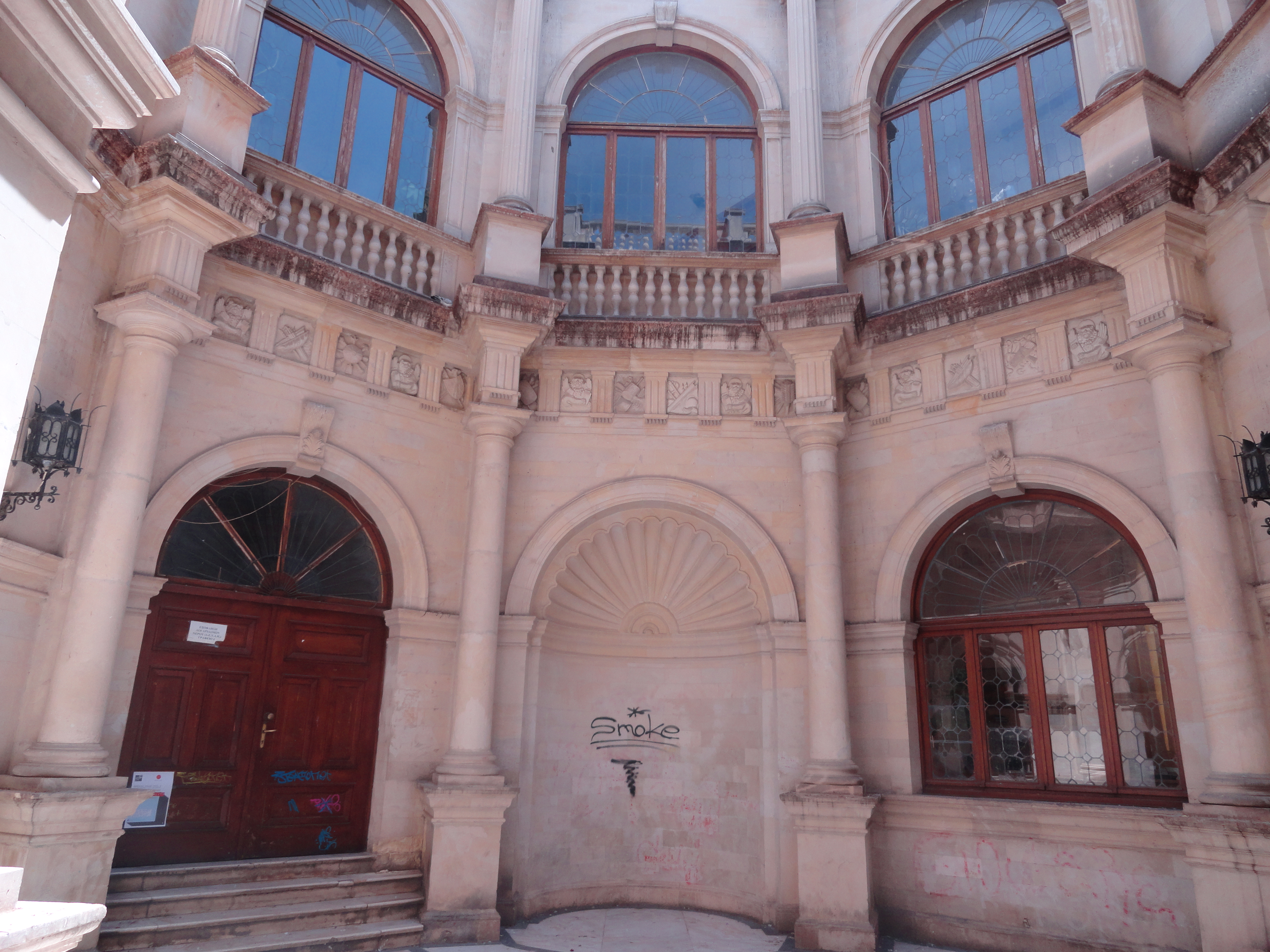
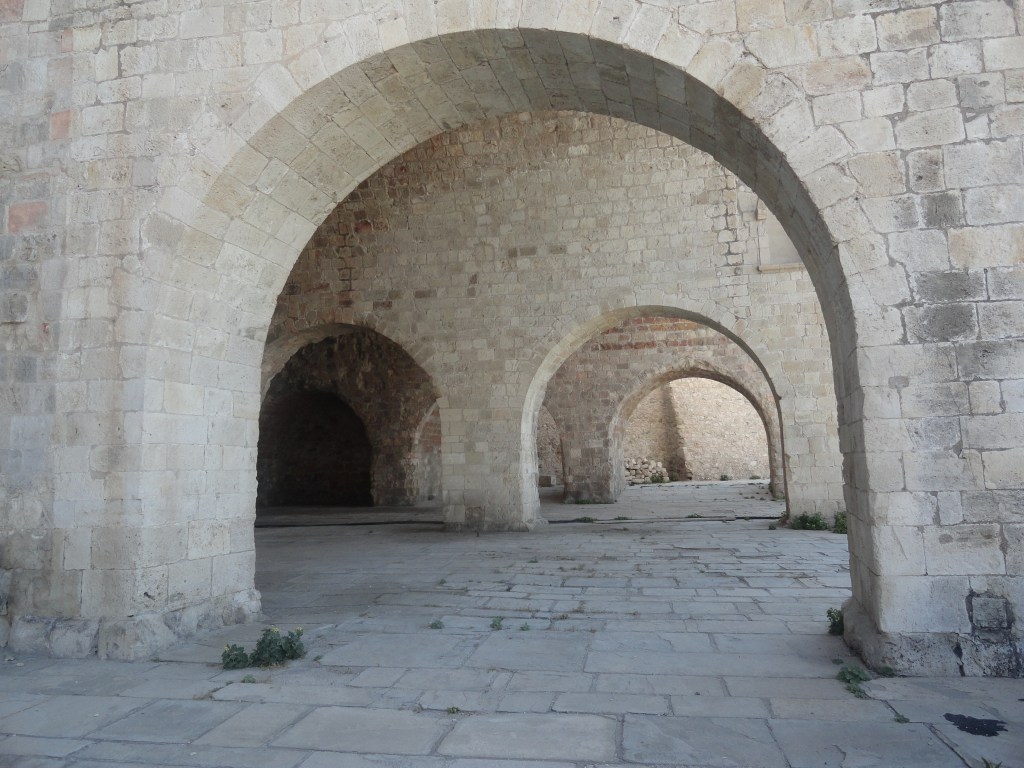
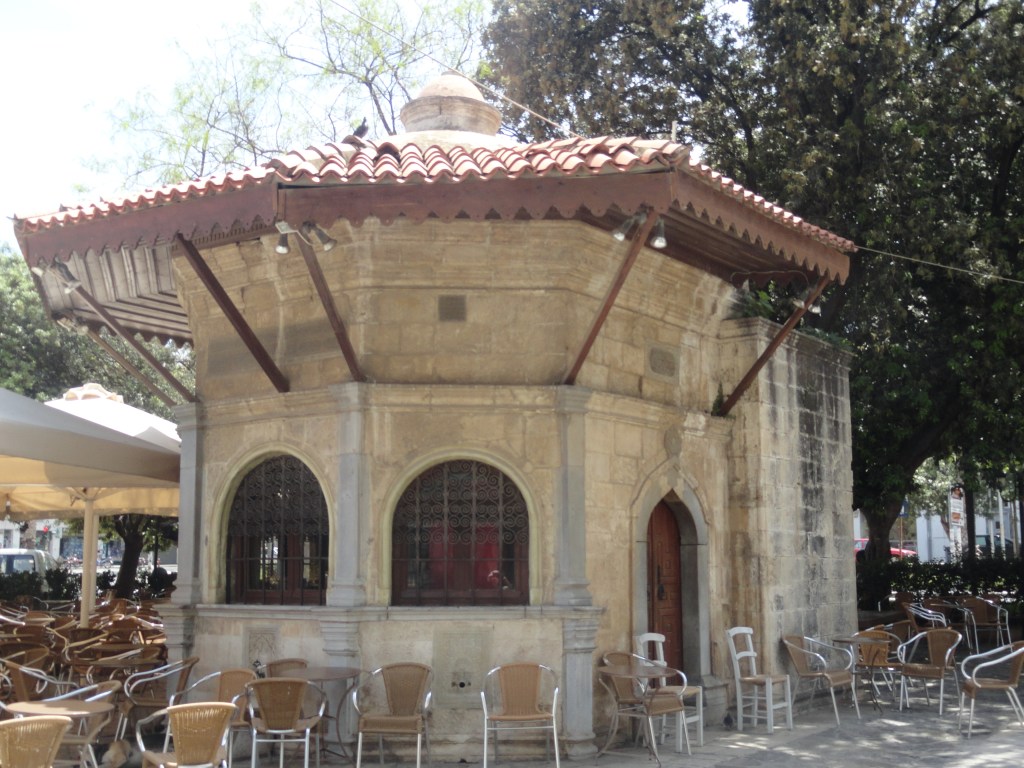
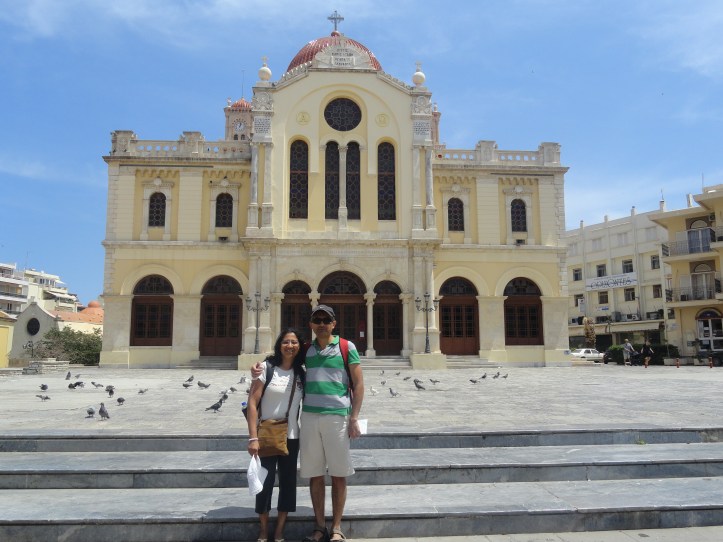
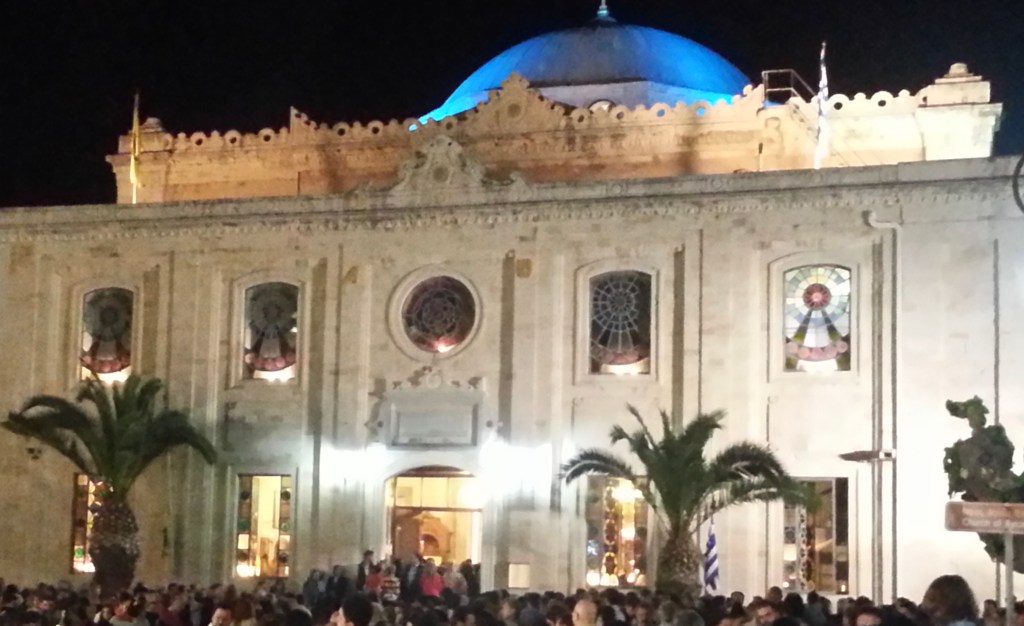
Iraklion is also home to the archaeological site of Knossos, which is considered Europe’s oldest city and belongs to the Minoan Civilisation which was in existence around 2000BC. According to legend, the minotaur, a half bull-half man mythical creature was contained in a labyrinth in Knossos. Archaeologists believe that the Palace of Knossos with its elaborate structure is THE labyrinth. The palace had a central court and other buildings were built around it. The West Wing included shrines, official halls and storage areas. The Royal Apartments and Workshops were in the East Wing. The North and South sides had storehouses. Grand, in my opinion, given the era in which it was built and although archaeologists discovered the ruins, it is still well preserved and can be visited by you and me.



We hopped on a ferry to get back to the mainland and spent the last few days in Athens.
[…] series on Greece.Our second stop was Meteora, and Delphi was third. Olympia was next, followed by Crete. Coming soon – Athens, General […]
LikeLike
[…] on Greece.The first post covers Thessaloniki. The third post covers Delphi, followed by Olympia and Crete. Coming soon – Athens, General […]
LikeLike
[…] on Greece.The first post covers Thessaloniki and the second, Meteora. Olympia was next followed by Crete. Coming soon – Athens, General […]
LikeLike
[…] post of my seven part series on Greece. The first few posts cover Thessaloniki, Meteora, Delphi and Crete. Coming soon – Athens, General […]
LikeLike